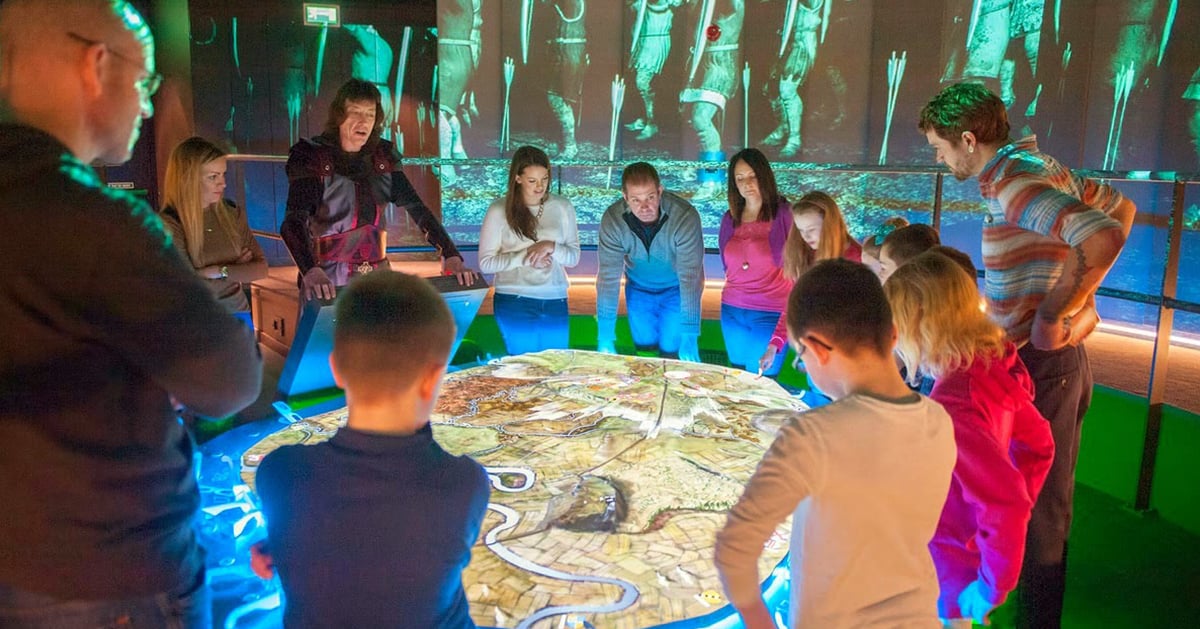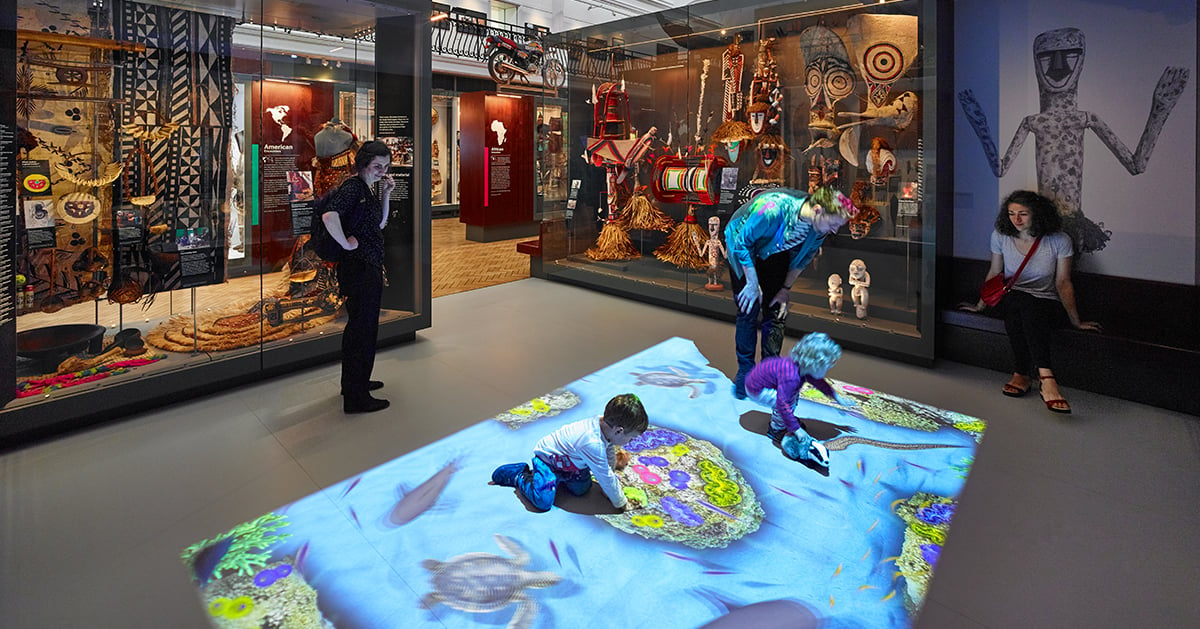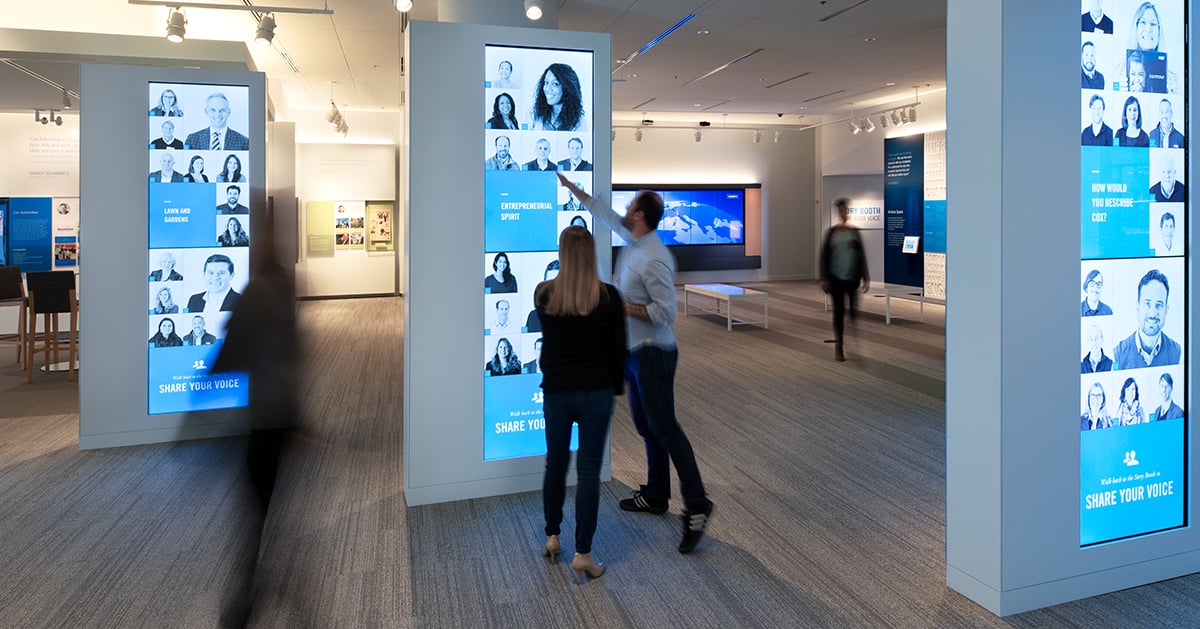
Technology’s Role in Creating an All-Inclusive Experience
Technology enables amazing things. Leveraging it can often resolve challenges that many people face in the modern world. It’s easy to see examples of throughout daily life. While much of the time they are behind the curtain type features, their role in developing all-inclusive experiences in spaces is significant.
How exactly does technology support inclusivity? That’s a question many organizations aren’t ready to answer, which is why Electrosonic created a guide to answer them, Five Ways to Promote Equity and Accessibility in Your Space.
The guide provides insights and guidance on leveraging technology in the design phases to deliver meaningful experiences for all. In crafting this resource, we examined:
- The landscape of equity and accessibility by the numbers
- Why you should engage technology design teams early
- Key takeaways to implement to cultivate an environment of inclusivity

Why Should You Invest in Technology to Drive Equity and Accessibility?
The reality is that not everyone can have the same experience in your space. One-firth of the world’s population lives with some type of disability. That can certainly impact how they interact with a space. Technology can certainly close this gap. It not only supports these individuals but can also help the vast majority, called the curb-cut effect. It states that investment in one group can cascade to others so that the majority benefit in the end.

Technology Should Be Part of the Design Phase
Your investment in technology should start early, in the design phase, so it’s not an afterthought. If you don’t make allowances for it initially, it can result in higher costs and delays.
A proactive approach to technology integration typically leads to more seamless implementation. With so many considerations, from sightlines to traffic flow, you’ll want to embrace technology in the beginning.
5 Ways Technology Optimizes All-Inclusive Experiences
Putting technology and design together, you can follow these best practices.
Captioning and audio descriptions
From museums to theaters to immersive exhibits, the need for captioning to ensure everyone gets the story is critical. The hearing impaired includes 13% of the population. Additionally, other groups may have challenges with audio, including the elderly, children, and culturally diverse users who may need captioning assistance.
With captioning, these groups can still engage with the content in the space.
Adjustable wall mount displays
Height adjustable technology is convenient and offers the ability for a broader group, such as children, those in wheelchairs, and notably shorter or taller people. Adding such a feature to your space improves the sightline and allows more people to interact with it if it’s a touchscreen.
Simple user interfaces
Vision impairment encompasses a range of challenges. A busy user interface will be distracting and inaccessible to some. Using neutral colors like blue and green, as well as incorporating multiple input sources (touch, gesture, voice, etc.), keeps things simple and accessible.
Access Controls
Automating access throughout your space can help those with mobility challenges, those pushing shoulders, or simply have their hands full. Consider any spaces in the interior and exterior that could benefit from having automatic access. They are also helpful in high traffic areas, so people keep flowing. Doorways are the leading example, but there are many other places where you could integrate this technology.
Sound masking and soundscaping
Does your space need to be quiet? If so, sound masking technology feeds in background noise to cover conversations yet makes silence not feel so quiet. This level of privacy is important to end-users, delivering equity for the space without them even knowing it.
Soundscaping does the opposite. If the area is busy and loud, soundscaping technology drowns out the noise. If users experience things that are too loud and coming from multiple places, it dilutes their experience. With this technology, congested areas feel more comfortable.
In either case, installing this technology makes the auditory experience more ideal.

Learn More About Creating Equitable and Accessible Spaces
Equity and accessibility should be pillars of your design master plan. Integrating technology from the start to help you do this provides an all-inclusive experience. Find out more about how to do this with real-world use cases by downloading, Five Ways to Promote Equity and Accessibility in Your Space today.
Maggie Law
Maggie is a highly experienced designer whose role is to guide, curate and direct Electrosonic's innovation - to design, build and support innovative technology solutions through exceptional design as it becomes a reality every day for our clients. Maggie believes that getting people to unfold their stories, pain points and aspirations is as much part of the role as supporting development, inspiring innovation and creating unique solutions.










.jpg?width=1500&height=995&name=ELC501_N17_medium%20(1).jpg)







































































































































































































